Whew! It's Getting Hot!
Summer is coming and with that comes the intense heat. While young adults dream of summer vacations and laying out by the pool, many seniors and older people must take certain precautions when dealing with the hot months.
| In addition to the dehydration risks, as much as 36 percent of heat-related deaths in the U.S. occur in people over the age of 65, according to a CDC report. Having access to cool drinking water is essential for seniors but if this convenience is difficult for anyone, donating jugs of water can be a meaningful gift. Check with local police stations who may be aware of seniors in less than ideal living conditions. |
The elderly are more prone to high heat health risks because for one their bodies are changing and may not adapt to sudden temperature changes. Also, prescription medications and other chronic medical conditions may put them at higher risks. Check out these tips to help seniors deal or adjust to the heat wave.
Stay Inside
Staying inside as much as possible is the best way to avoid the heat. The ideal temperature is 78 degrees but this can vary from person to person. Essentially, you don’t want it to be too cold for health reasons and watch out for seniors who may turn on the heat. Wearing layers is an option for cold-natured seniors.
Eat Light
No, not light as in watching your diet. This means eating lighter meals that don’t need the oven or to be microwaved. Snacks such as yogurt, fruit and popsicles are sweet treats. Opt for meals such as chicken or tuna salad, pasta salad or even simple sandwiches. Even eating leftovers from dinner or ordering take out is an option for those interested. If you know of a senior who is less apt to cook, consider bringing them some homemade meals or store bought yummies. Don’t forget some water or iced tea!
Cool Breeze
Keeping a fan in the house is great for bringing in cooler air that is less frigid than the AC. A simple, quiet fan is a beloved necessity by many seniors--especially those who get colder easier.
Visit Others
While the COVID-19 pandemic is fading and businesses are starting to open, always take precautions to protecting your health. With that said, if you are healthy enough to get out visiting a local rec center, senior center or coffee shop may be a perfect outlet for those needing social interaction while still practicing healthy social distancing. Other ideas include: libraries, shopping centers and even golf centers. For golf centers or driving ranges, bring a cooler with plenty of cooling essentials.
Staying cool during the summer months need not be boring or isolating. If you know of someone who is unable to get out, consider visiting them or even visiting outside their homes and bringing some water and perhaps a frozen yogurt treat!

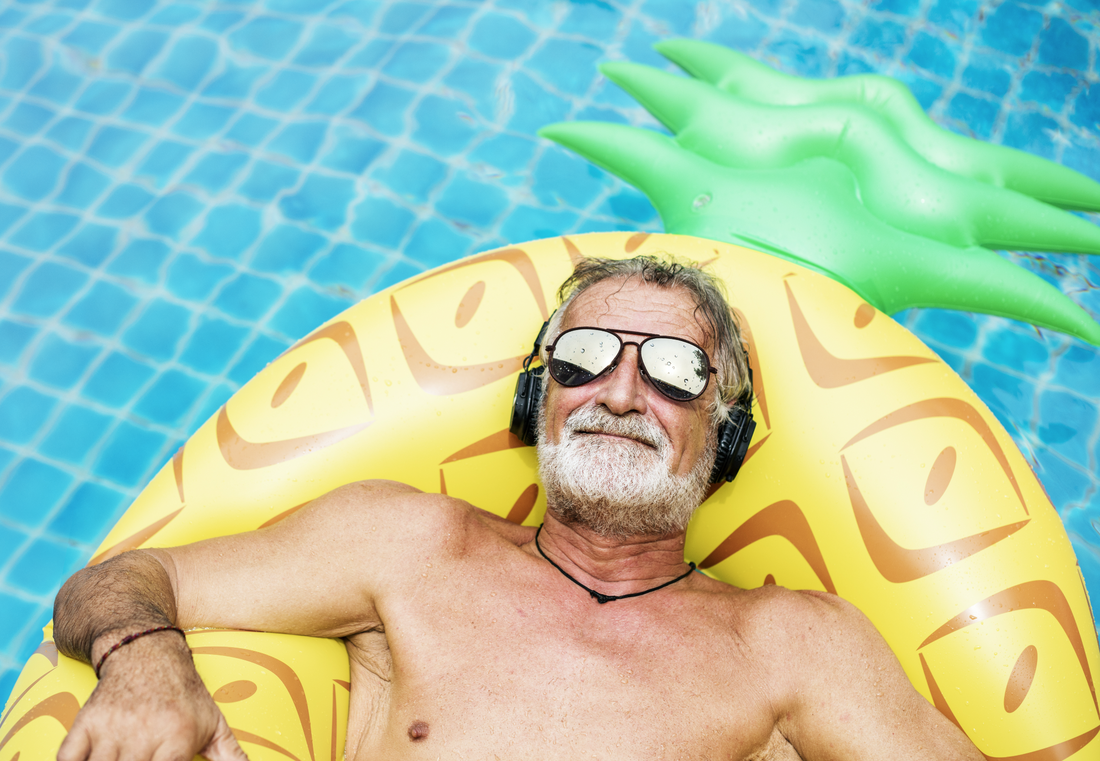
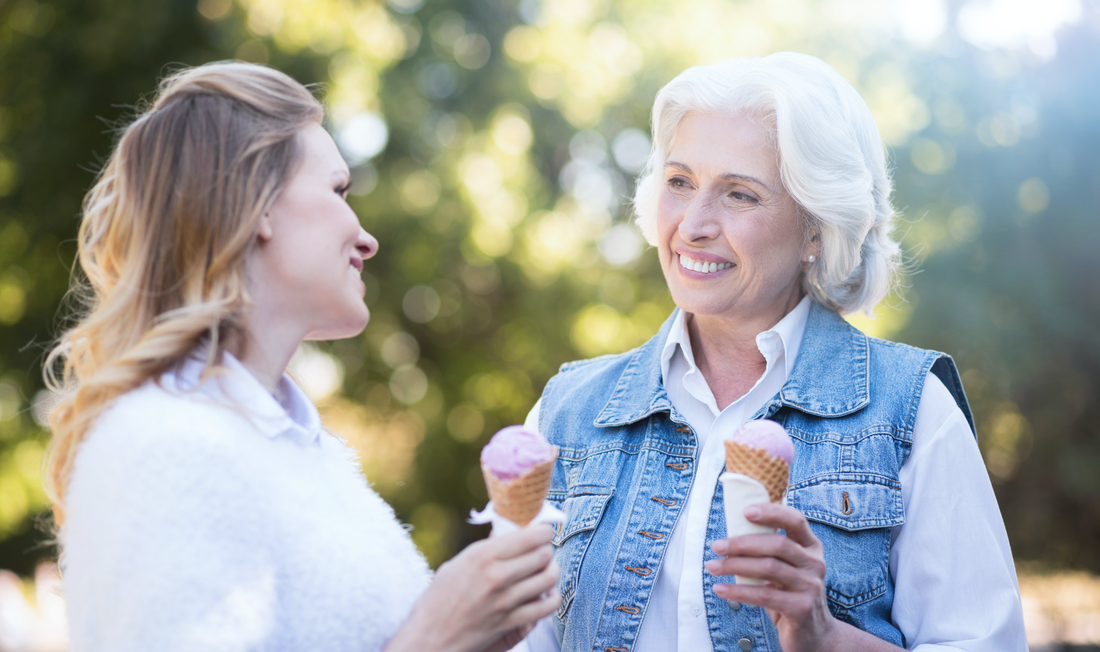

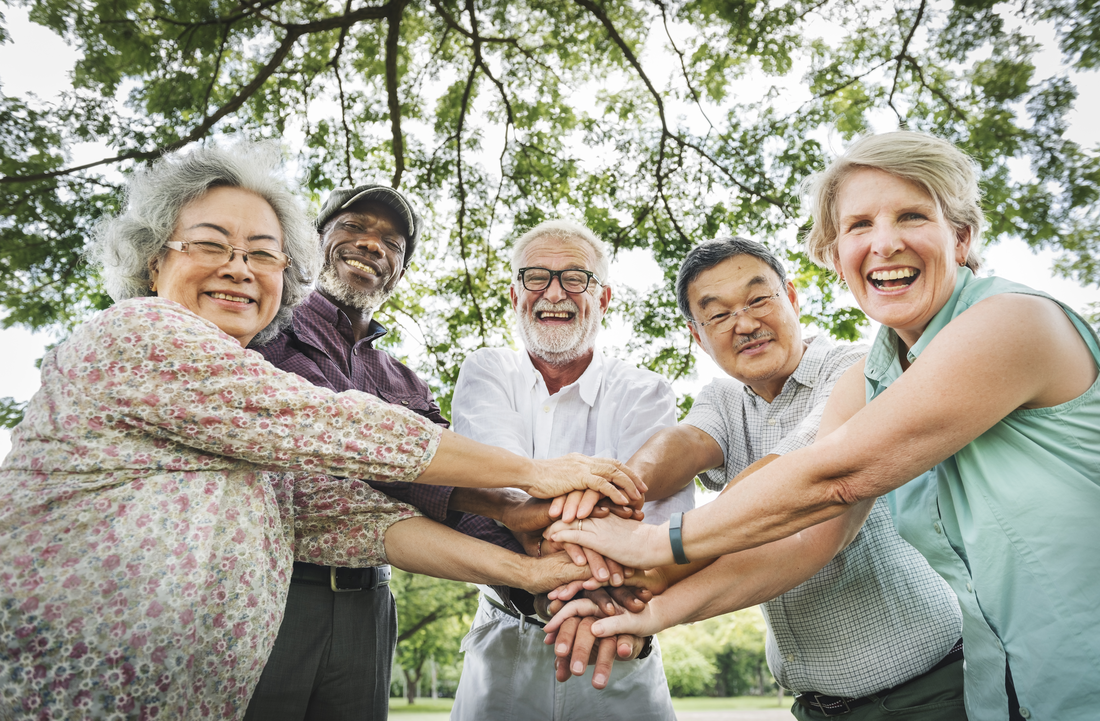
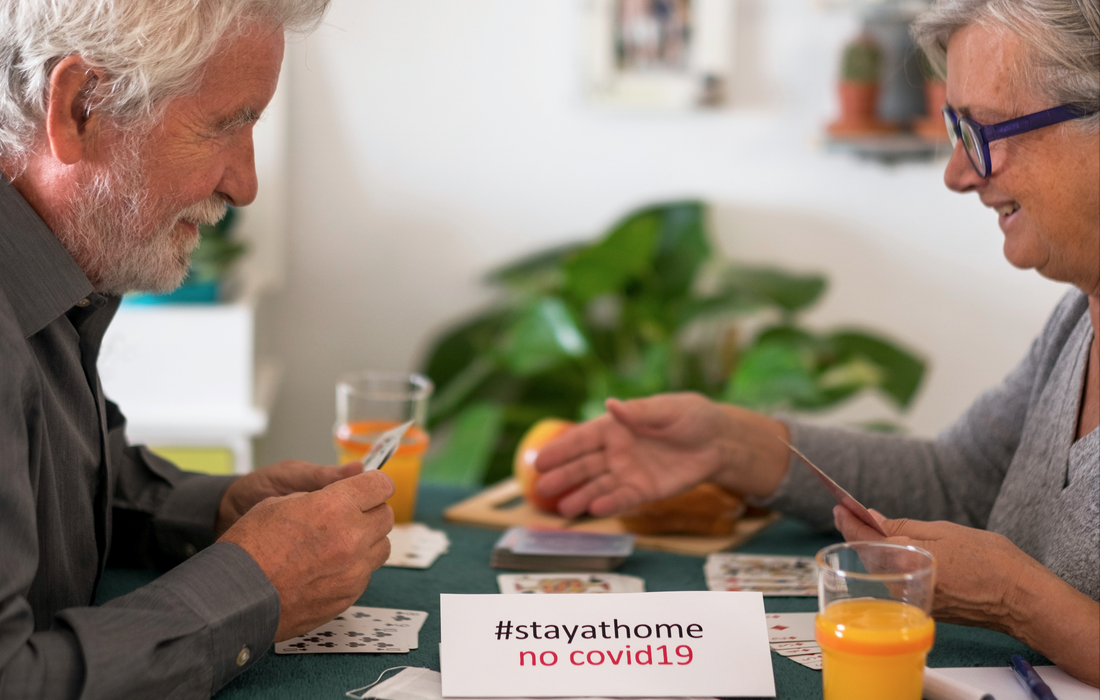
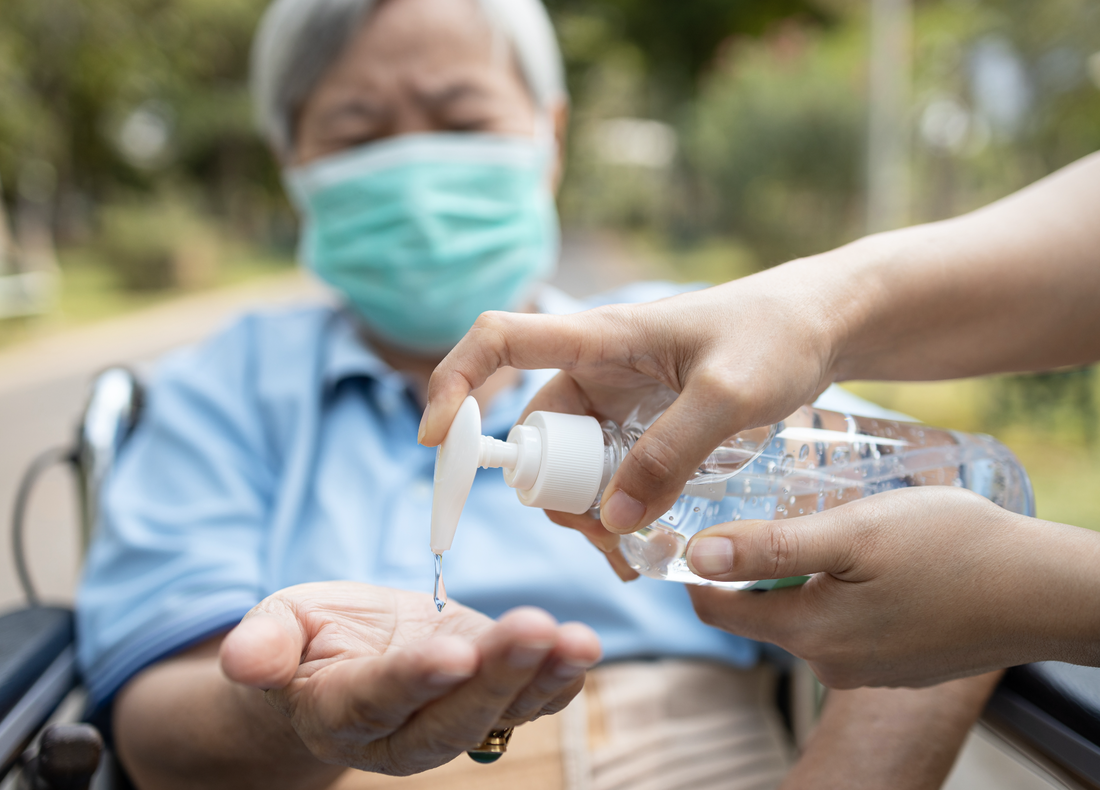
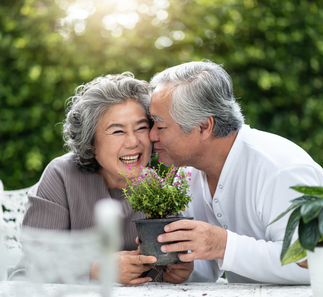
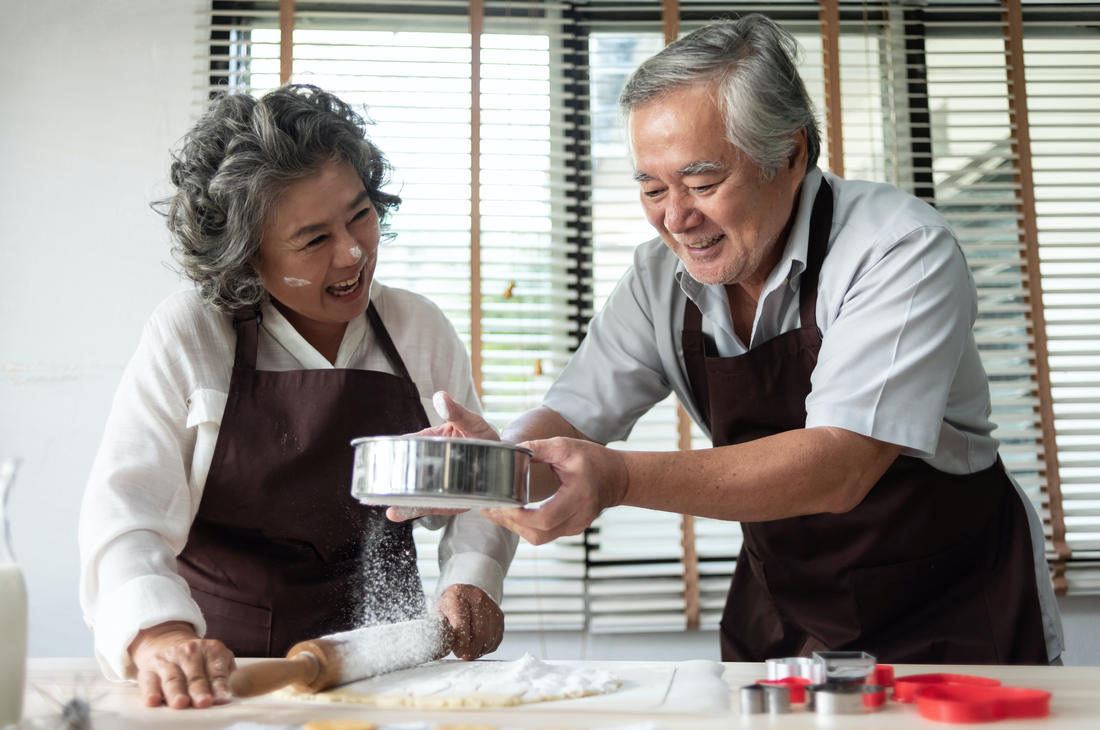

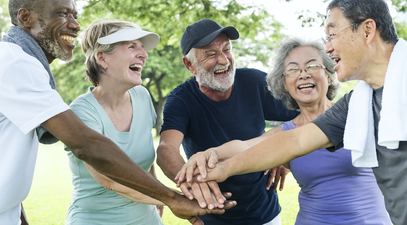
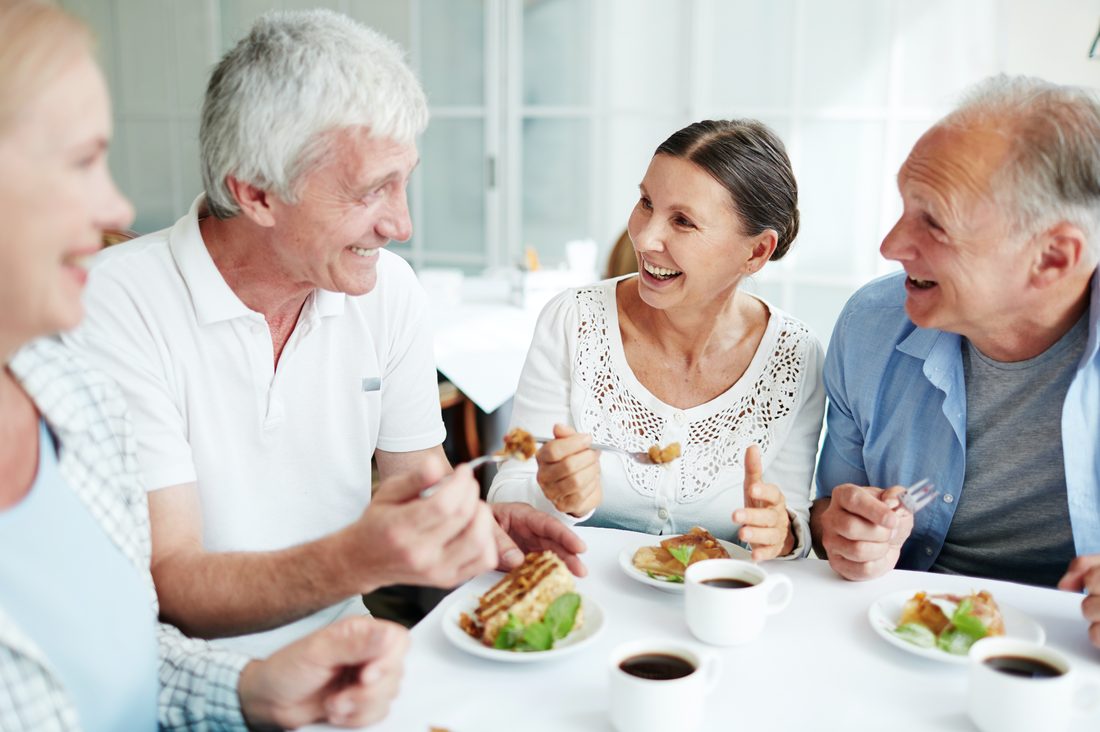
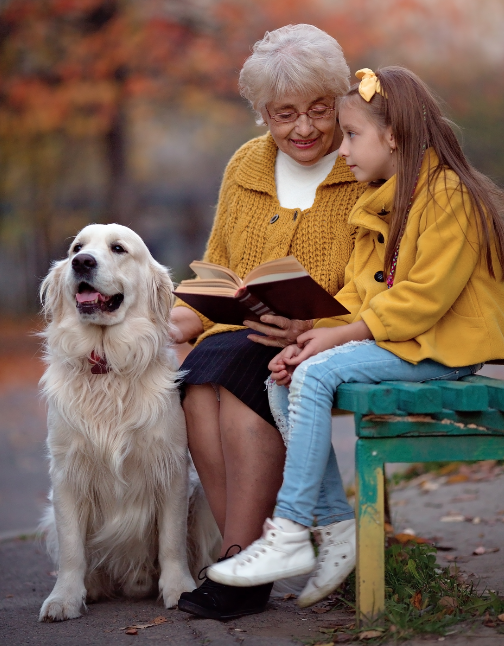
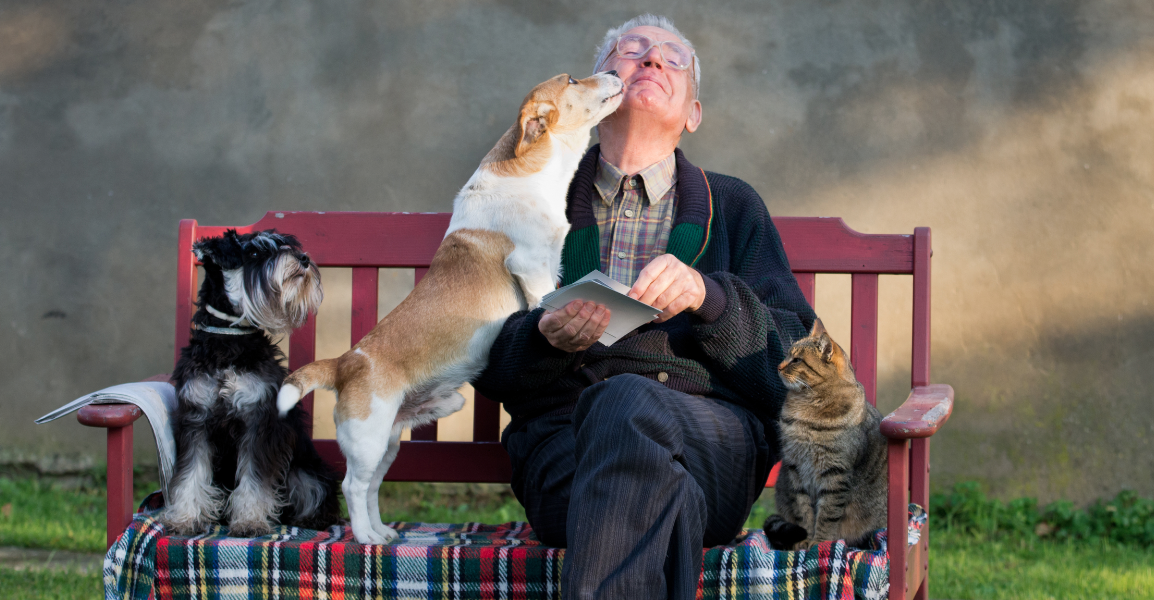
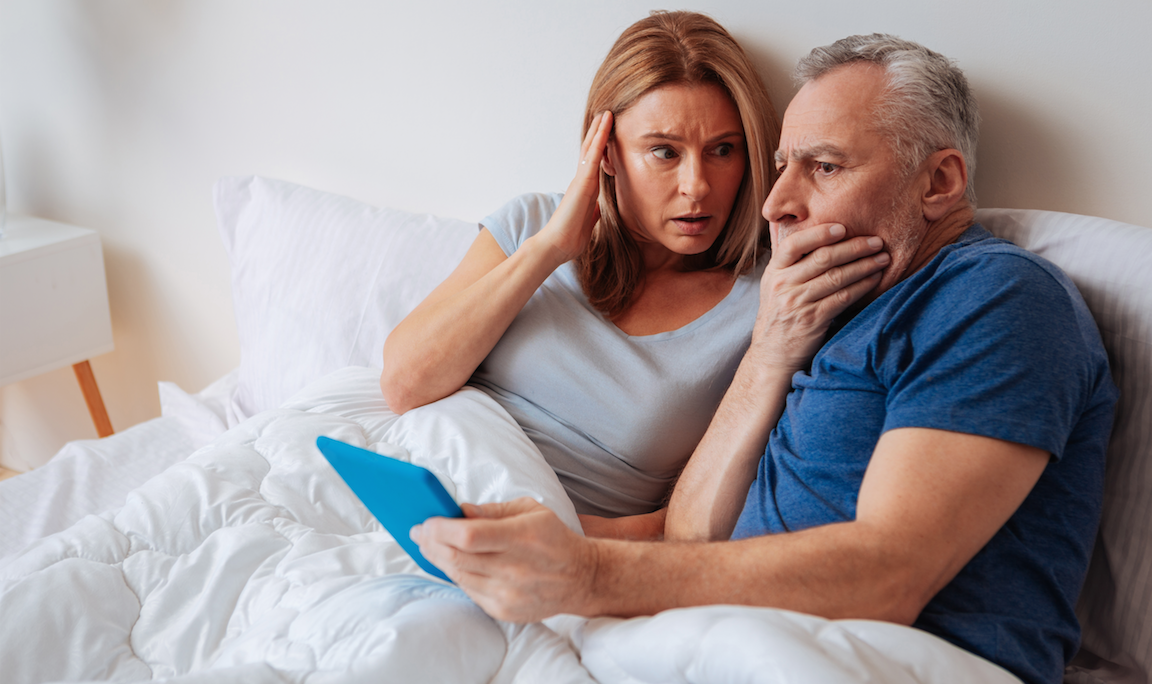

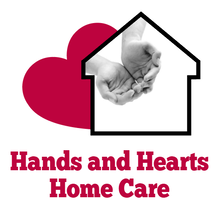
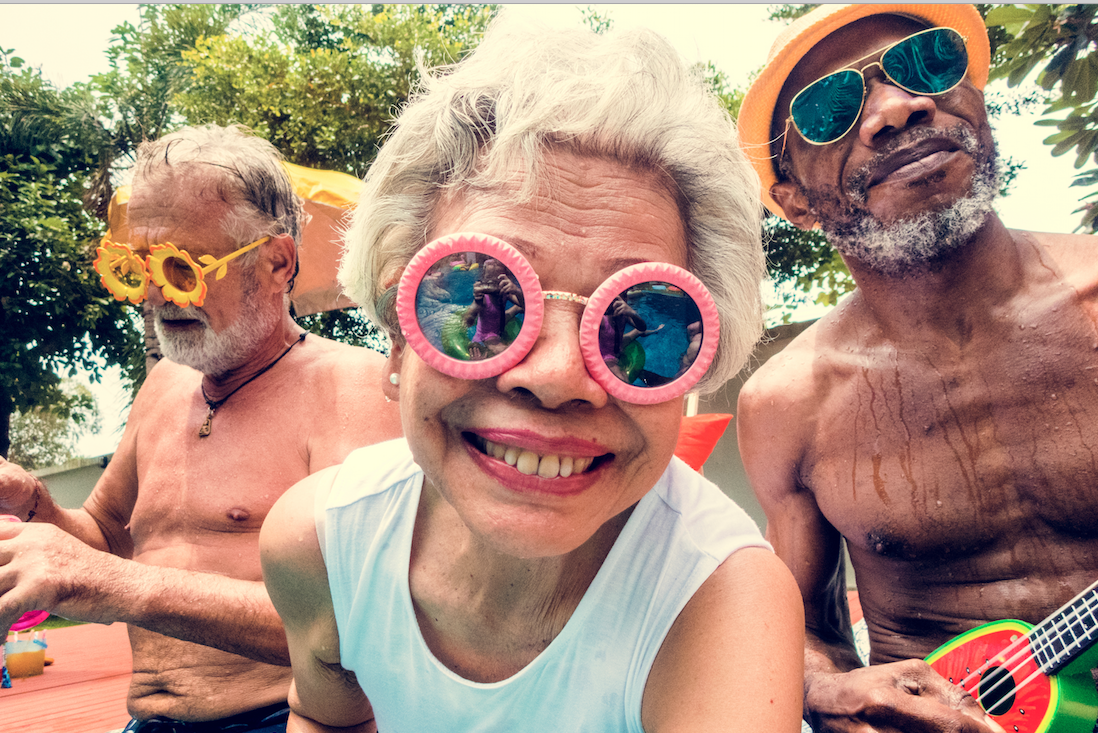
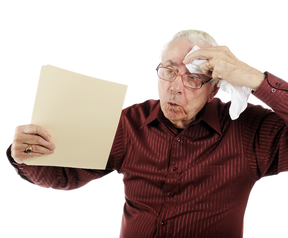
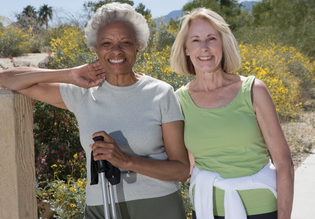
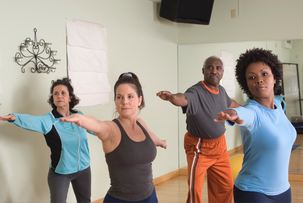
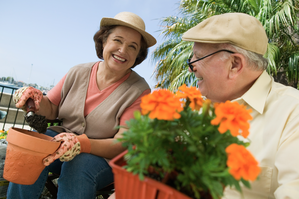

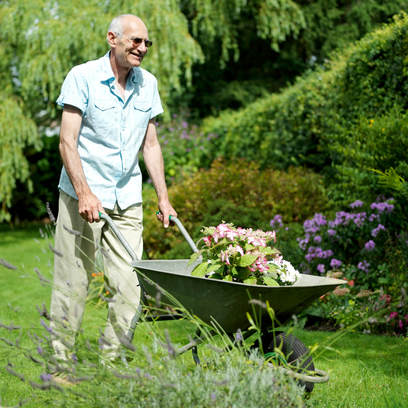
 RSS Feed
RSS Feed